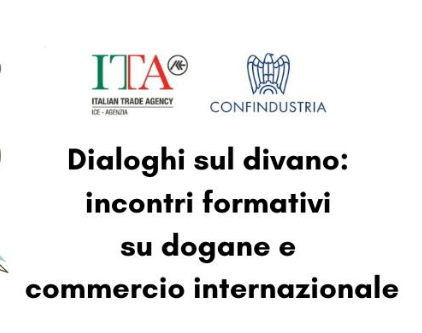How has the leather industry dealt with French Covid-19? What are the challenges that have emerged? How is the sector adapting to high inflation and changing consumption? So many issues on which the "DOSSIER ÉCONIMIQUE DE FILIÈRE FRANÇAISE DU CUIR POUR L'ANNÉE 2022" of the Observatoire Economique du Conseil National du Cuir (CNC), invites us to think.
First, it draws the global economic panorama in which the sector evolves today, under the gaze of an expert in macro-economics. From this observation, the upstream links in the sector – raw hides and skins, tanneries – testify to the way they have overcome the Covid crisis and are now facing the new situation, particularly inflationary.
Indeed, price inflation – whether for raw materials in Europe or finished leather products in France – necessarily impacts all actors in the value chain who have had to review their business strategy taking into account the purchasing power of households.
Based on figures from the CNC Economic Observatory, the description of the evolution of French production in the leather sector since the Covid-19 crisis makes it possible to better measure its resilience. Even if risks of rarefaction of quality skins are manifested implicitly.
Export sales statistics, meanwhile, confirm the growing success of leather products made in France with leather goods as a spearhead.
French exports fall
During the pandemic, companies in the sector have been severely affected by significant declines in their import and export flows.
In fact, in 2020, leather imports into France fell by 15% to 9.65 billion euros. For their part, French exports, held back by the slowdown in global demand, had fallen by 9% to 11.9 billion euros. All exporting sectors were affected. As a result, raw hides fell by 27%, tannery lost 38%, footwear fell by 12% and the leather goods and gloves sector recorded a 7% decline. A complicated year for the sector that recovered the following year. In 2021, French exports increased by 23% to 14.7 billion euros. All sectors of this sector grew in 2021.
The appeal of luxury French
The return to export momentum is partly explained by the appeal of luxury French. In 2021, demand still remains high, says the National Leather Council report, particularly in Asia, with a 36% increase, in Europe with a 9% increase and in America with a 37% increase. So, "overall, the decline of 2020 has been recovered and the critical phase of Covid overtaken by most sectors. More specifically, exports of raw hides, footwear, leather goods grew by 1%, 2% and 19% between 2019 and 2021", continues the annual economic report. The declines are concentrated in exports of tanneries and gloves.
Increase in imports and exports in 2022
The 2021 recovery was also confirmed in the first eight months of 2022. "In the period January-August, the export data of the sector are all positive. Global exports increased by 21%. A trend that also applies to imports," said Philipe Gilbert, director of the National Leather Council's economic observatory. Figures that place France in third place among the world's exporters of leather products.
China, first customer
These exports are largely made to China, which accounts for 43% of French exports. In 2021, French exports to China increased by 162% to 2.5 billion euros. The leather sector accounts for 17% of exports to this country. Therefore, this increase in the volume of exports of leather products reduces the trade deficit between China and France. In fact, France still imports 2.7 billion euros of Chinese leather products but with an important nuance, indicates the report of the economic observatory: Chinese imports of leather products from China are generally low-priced products, while France exports high-priced items.
Exports of raw materials
In addition to finished products, France exports raw hides to China. It accounts for 3% of imports from the Middle Empire in ninth place behind the United States, Australia, Canada and New Zealand. These raw hides exports increased by 74% in 2020 and 2021. In the first eight months of the year, Chinese operators somewhat avoided French origins with a 14% drop in raw hides and skins imports. The United States is the other destination country for leather goods French. French imports of items increased by 40% in 2021, thus placing the United States in second place among the exporting countries in the sector.
The effect of the increase in transport tariffs
Positioning itself on the export of high-end products to other continents, the leather sector has suffered the impact of the increase in freight rates. A brake that slowed down the progression without reversing the trend. A container that cost between 2,500 and 3,000 euros before the pandemic has risen to 6,000 or even 7,000 euros in 2021. It has dropped to around 4,000 euros on average today.
Logistic disruptions remain
In addition to transport tariffs, it is all the logistical disruptions that have disrupted the industry. Added to this is a monthly increase in land transport in France, linked to that of energy costs.



